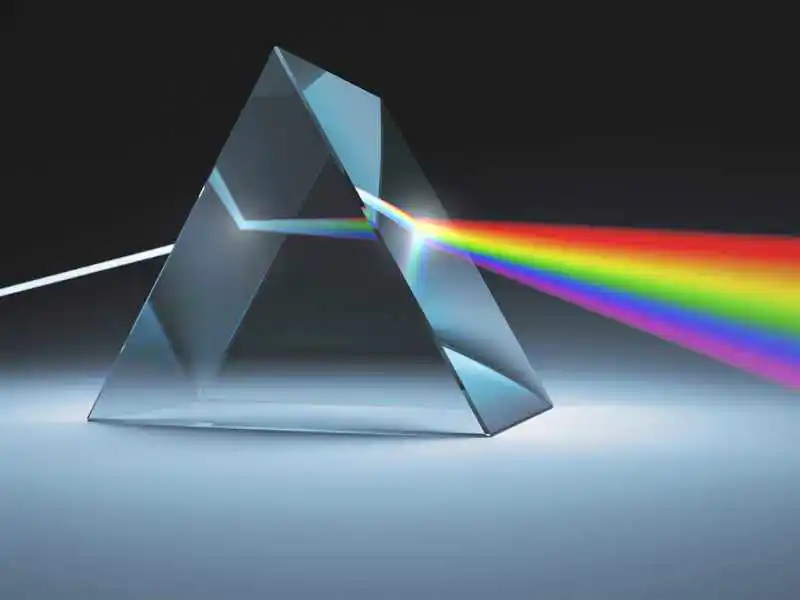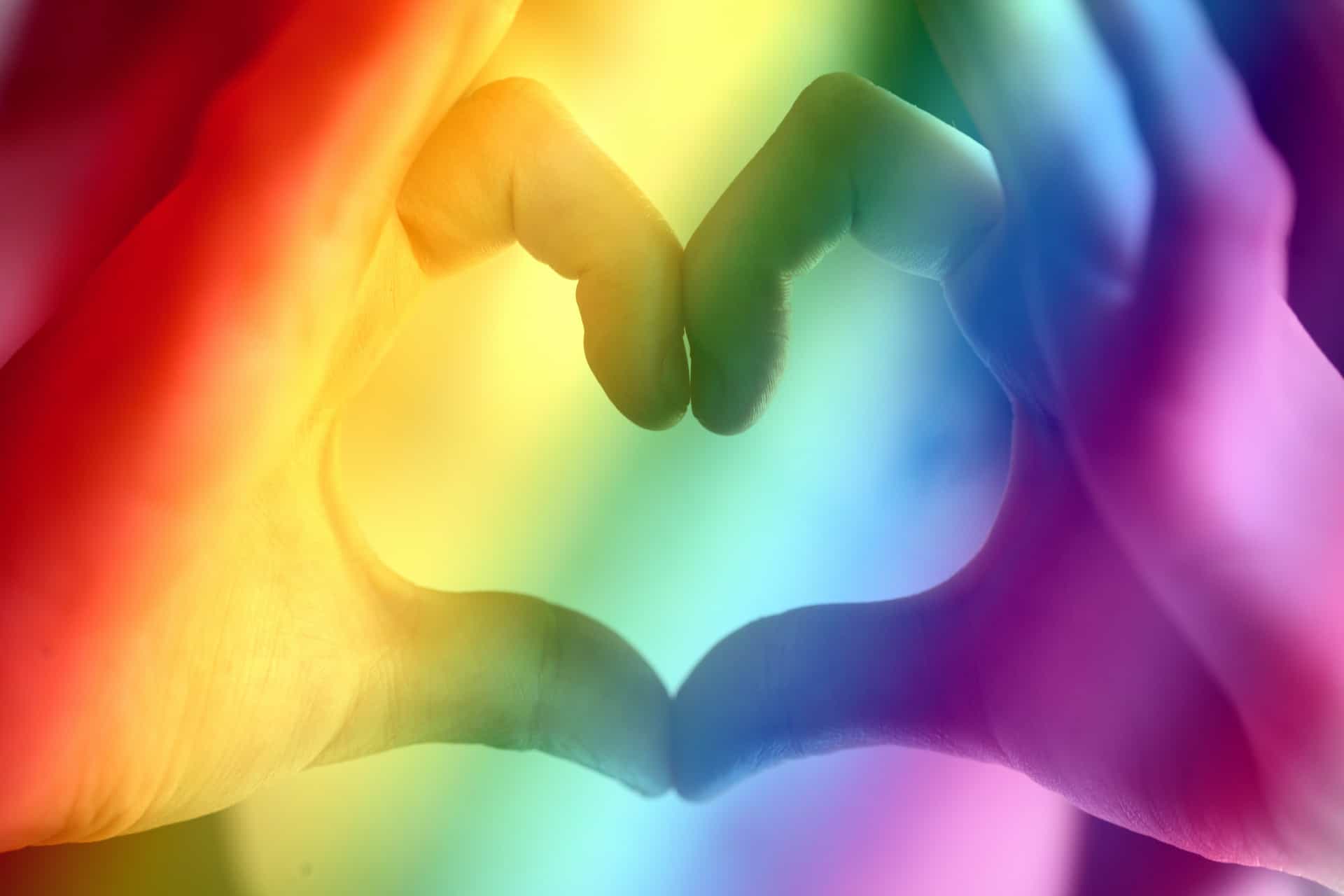Colour Therapy Reflected in Science And Energy Based Healing

Colour Therapy Reflected in Science And Energy Based Healing
Chromotherapy, commonly referred to as colour therapy, is a holistic therapeutic technique that harnesses the power of light and colour to balance the body's energy. The scientific underpinnings of its concepts are found in the quantifiable field of energy research, although it is frequently regarded as a complementary and alternative medicine (CAM) modality. We can explore how colour therapy functions and the science that supports its energy-based healing approach.
How does colour therapy work?
Colour therapy uses the vibrational energy of various hues to bring harmony and balance back to the human body. Each colour is said to resonate at a different frequency that interacts with the energy of our body. In essence, colour therapy is founded on the premise that certain hue frequencies can have a beneficial or negative impact on our physical and mental health, which is consistent with the hypotheses of energy medicine.
Colour’s Scientific Basis: Light and Energy
We must first understand the scientific theory of colour in order to understand colour therapy. The colour spectrum of light, a form of energy, is what gives rise to colour. Various amounts of light are absorbed and reflected when it strikes an item. The wavelength of the light that is reflected determines the colour that we see. For instance, a red object reflects red light but absorbs all other colours.
Everything, including the human body, is essentially just packets of energy, or quanta," at particular frequencies, according to the scientific study of quantum physics. This understanding establishes the connection between the physical world and the underlying energy dynamics.
Chromotherapy, often known as colour therapy, is based on the notion that colours vibrate at particular frequencies, much like everything else in the world. Different effects on our bodily and psychological wellbeing are linked to these frequencies.
Colour is an attribute of visual perception that in humans corresponds to the categories of red, blue, yellow, and green, among others. The interaction between the eye's spectral sensitivities, the light's spectrum, and the light receptors results in colour. Based on physical characteristics like light absorption, reflection, or emission spectra, objects, materials, and light sources are also connected to colour categories and physical colour specifications.
There are numerous wavelengths and frequencies in light, which is a form of electromagnetic radiation. We are actually viewing a certain wavelength of light when we sense colour. Each hue of light has a certain range of wavelengths (measured in nanometres, or nm), frequencies (measured in terahertz, or THz), and wavelengths that correspond to specific colours.
The basic breakdown of hues and visible light frequencies are as follows:
- Red: 700-635 nm (430-480 THz)
- Orange: 635–590 nm (480–510 THz)
- Yellow: 590-560 nm (510-540 THz)
- Green: 560–520 nm (540–610 THz)
- Blue: 520-450 nm (610-670 THz)
- Indigo: 450–425 nm (67–700 THz)
- Violet: 425–380 nm (425–790 THz)
These frequencies are said to connect with particular healing powers in colour therapy, and a selection of the many associations include:
- Red: This warm shade is thought to energise and excite, especially having an effect on the circulatory system. It's frequently used to fight weariness and sluggishness.
- Orange: Orange is used in chromotherapy to alter brain activity and provide emotions of increased vitality because it is associated with joy and creativity.
- Yellow: It is thought that the colour yellow stimulates the neurological system, boosts metabolism, and promotes alertness and clarity.
- Green: Green light is employed for its believed capacity to ease tension, lessen anxiety, and foster emotions of regeneration and harmony. It is well known for its calming qualities.
- Blue: Blue light is supposed to aid with stress, sleep problems, and inflammatory illnesses since it is connected to feelings of calmness and solace.
- Indigo: Due to its associations with intuition, imagination, and understanding, this colour is frequently utilised in the context of mental and emotional wellness.
- Violet: Regarded as a spiritual hue, violet is utilised in meditation to access unconscious ideas, increase spiritual awareness, and improve artistic ability.
Bioenergy and colour therapy
Since our bodies are made up of several energy levels—physical, emotional, mental, and spiritual—bioenergetics studies how energy flows through and is transformed within living things. These layers each have a different vibrational frequency.
On the premise that these energy levels can resonate with and be affected by the various colours' unique frequencies, colour therapy was developed. It is thought that we can correct imbalances and dysfunctions in our bodies by modifying the energy patterns using particular colours.
Experimental Support for Colour Therapy
Numerous studies have looked at how colour affects human physiology and behaviour. For instance, studies have shown that exposure to blue light can increase alertness and cognitive function by suppressing the production of melatonin, a hormone that controls sleep.
The application of green light in pain management is another illustration. According to a study in the "Pain" journal, exposure to green light significantly decreased the intensity of chronic pain. The green light frequency may have an impact on the body's own painkillers, endogenous opioids.
Further research has been conducted on the psychological impacts of colour. Cooler colours like blue and green have been linked to emotions of peace and relaxation, while red has been proven to raise arousal levels and stimulate appetite.
While there is still much to learn about the workings of colour therapy, it is evident that colours and their associated energies can have an impact on our emotional and physical well-being. According to the data, some colour frequencies interact with the body's energies and affect general health and wellbeing.
The science of energy underpins the power of colour, a fascinating field that connects quantum physics, human biology, spirituality, and consciousness.
As our knowledge of colour therapy grows, we are able to harness it to improve our lives. The first step is becoming conscious of its power.
If you are interested in learning the foundations of the power of colour, the book The Secrets Of Colours is available HERE

Listen to the blog HERE

